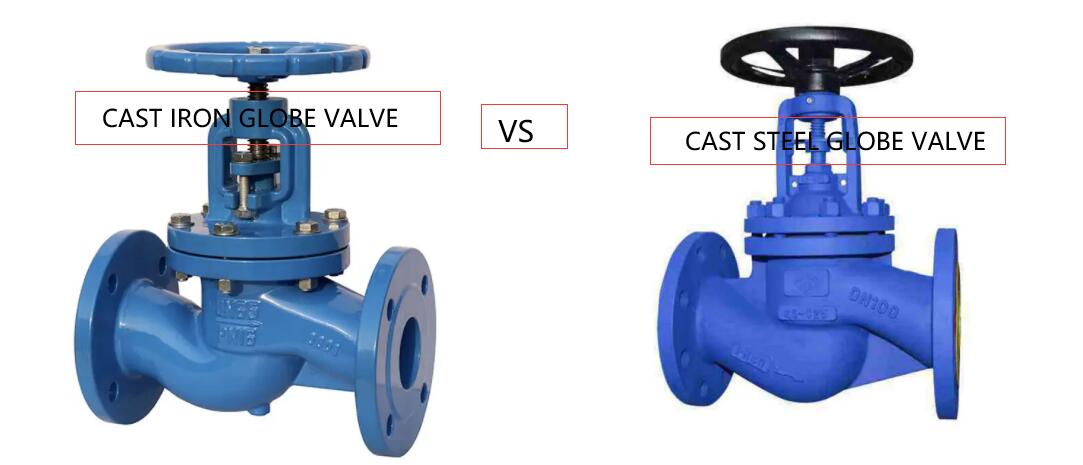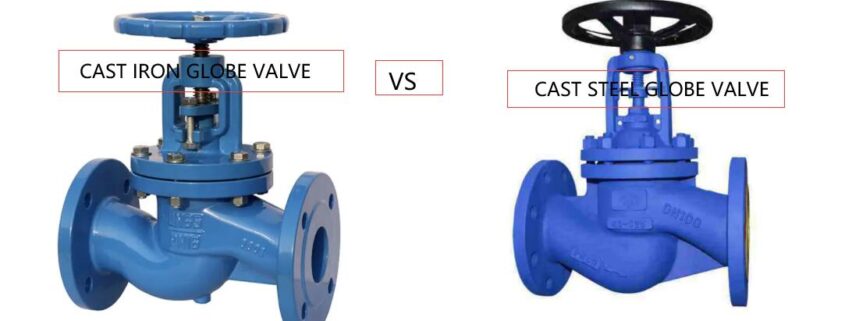What’s The Difference Between Carbon Steel And Cast Iron?
What’s The Difference Between Carbon Steel And Cast Iron?

Mild steel casting in carbon steel products
Mild steel refers to steel with 0.15 to 0.25 percent carbon and not many additional alloying components. Mild steel products are essential. More than half of the common carbon steel products are mild steel casting. Like some mild steel casting samples shown above, Dawang provides you with various mild steel products. Regarding mild steel cost, we will provide you with a satisfactory price. For more information, please consult our mild steel cost service.
What Are The Defects Of Carbon Steel Castings?
Carbon steel casting generally has the following defects:
1. Gas Porosity
The reason for the pores is that there is too much water in the molding material or a lot of gas – producing substances; the air permeability of molding sand and core sand is poor; the pouring speed is too fast.
2. Trachoma
The causes of blisters include insufficient molding sand strength; insufficient molding sand compactness; and too fast pouring speed.
3. Shrinkage
The cause of shrinkage cavity is poor feeding of the casting during solidification.
4. Sticky sand
The cause of sticky sand is the poor fire resistance of the molding sand or the high pouring temperature.
5. Cracks
The causes of the cracks are the large difference in the wall thickness of the castings; the improper setting of the gating system; the new difference between the sand mold and the core.
How To Distinguish Carbon Steel Casting Grades?
Carbon steel casting grades are divided into three subgroups according to the carbon content of the metal: Low carbon steel castings/Mild steels (up to 0.3% carbon), Medium carbon steel castings(0.3–0.6% carbon), and High carbon steel castings (more than 0.6% carbon).





